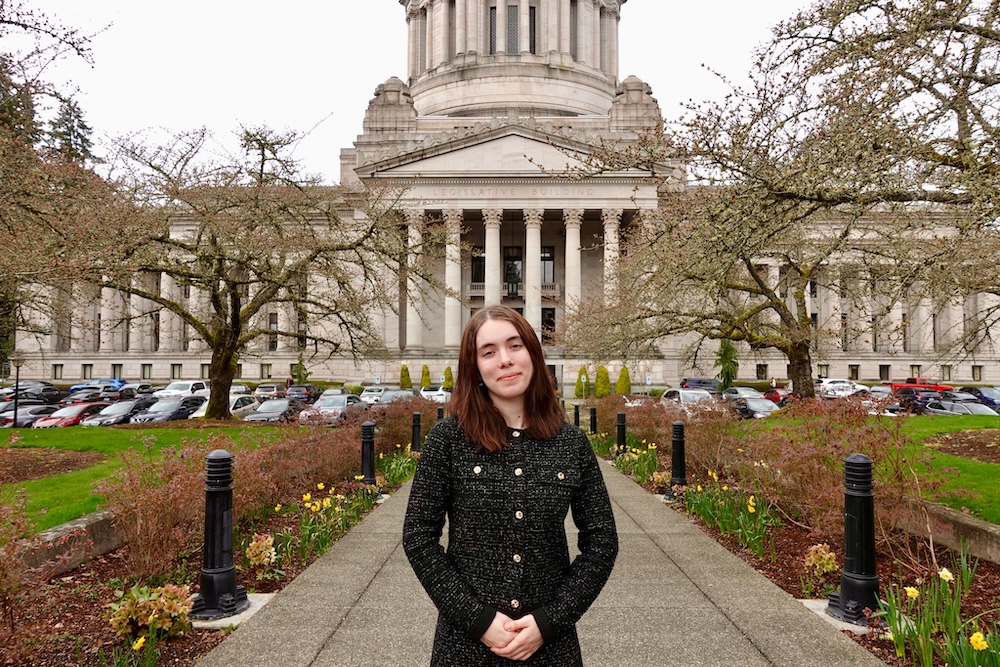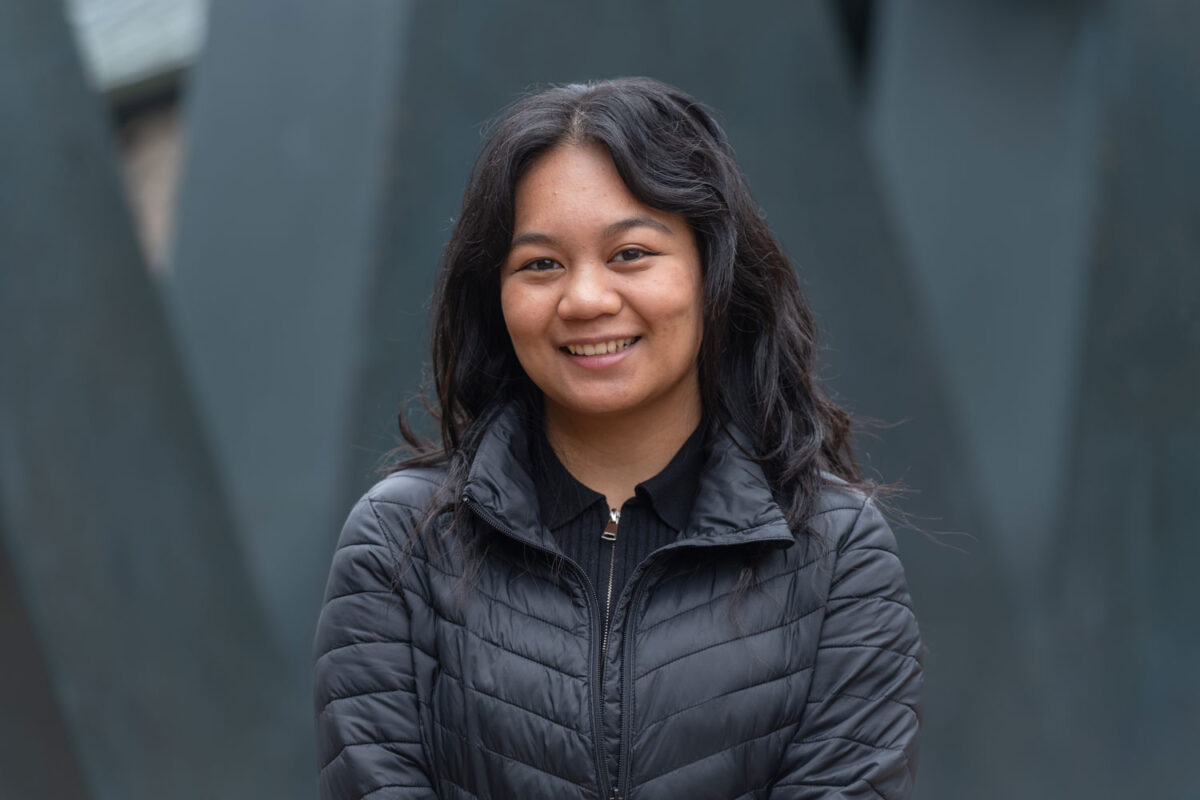
If anyone was prepared to shift to a remote learning environment, it had to be the Interactive Media Design majors at the University of Washington Bothell.
Blending perspectives from the Schools of STEM and of Interdisciplinary Arts & Sciences, IMD students use technology to create interactive media — art, audio, video — for the internet, apps and in-person experiences. The degree prepares students for emerging technology careers, such as developers, user experience designers and digital project managers.
So when the coronavirus pandemic hit, IMD capstone teams quickly took their projects totally into the digital realm, if they weren’t there already.
Imagining all possible futures
This year’s cohort chose “All Possible Futures” to reflect their experiences. Thirty designers in six teams presented their projects June 3 to more than 150 participants, including friends and family, in a teleconference featuring colorful demos.
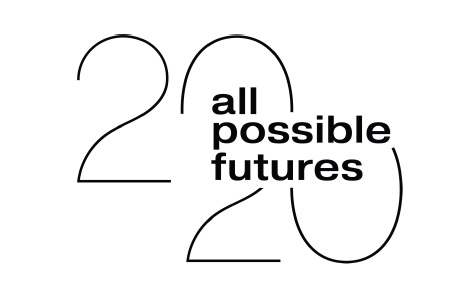
IMD Faculty Coordinator David Socha, associate professor in the School of STEM, applauded students for the extra effort, guided by IMD faculty and staff, that was needed to finish their projects in this time of both pandemic and political demonstrations.
“Team-based capstone projects are challenging in any circumstance. They require students to navigate together through much more uncertainty and complexity than many students have experienced before,” Socha said.
Part of each team’s presentation was describing how their innovation evolved over two quarters, demonstrating how multiple prototypes are a necessary part of design work. One team started out with more than 200 ideas in the ideation step. Each designer described their part of the capstone and how they found ways to work together, even when isolated by the coronavirus.
The medium is the message
IMD senior Rachel B. Raymond moderated as each team presented and then answered questions about these six projects:
Enclavs is a social media app that gives users a place to share short clips of narrated images.
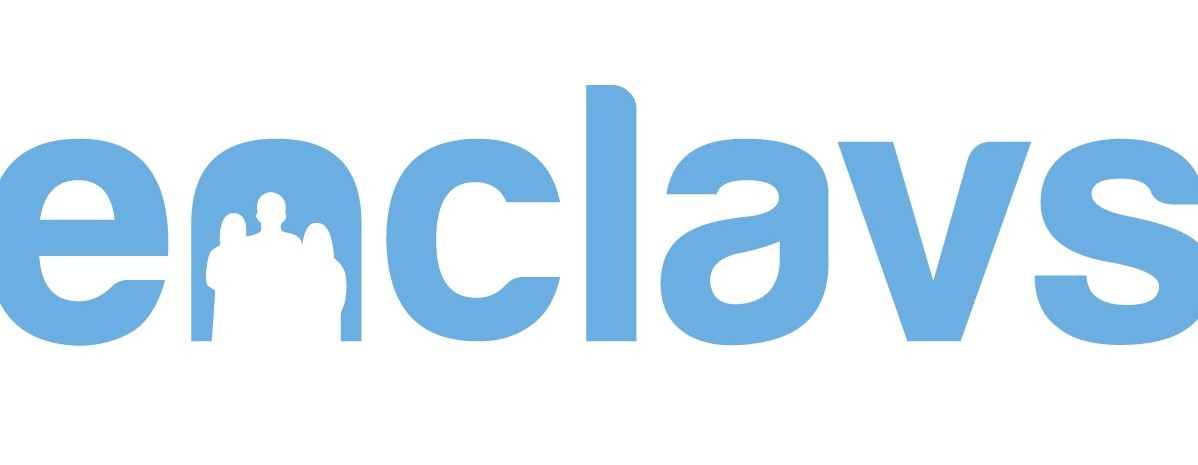
Influorecense was inspired by the popularity of the cherry blossom bloom each spring on the UW campus in Seattle. It’s a game that gives users a new way to experience and interact with cherry blossoms.

Kindling is a social drawing app. Users are encouraged to make whimsical drawings on their phone cameras for an interactive, augmented reality experience.

Prism is a mirror that displays voice-activated colors, triggered by emotional words. It was designed as a possible museum display.

Tidal Waste is an interactive game that uses humor and entertainment to deliver a message about the problem of waste disposal in the oceans.
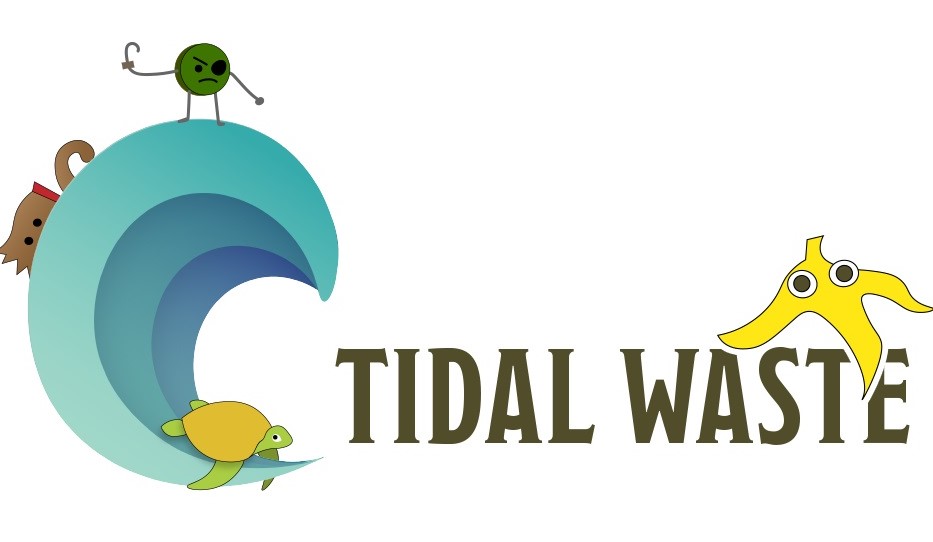
Urban Air Mobility Experience is a virtual-reality experience that uses drone video to illustrate how people would use vertical takeoff and landing vehicles for short ride-share flights in heavily developed areas.

Following the presentations, participants went into demonstration rooms for a closer look and conversation with the team members. The exhibition closed with panel discussions where the students shared their individual experiences.
Faculty advisers were proud. “It’s been a very challenging time for many, and I applaud the students for successfully producing the first virtual IMD senior capstone exhibition,” Socha said.

